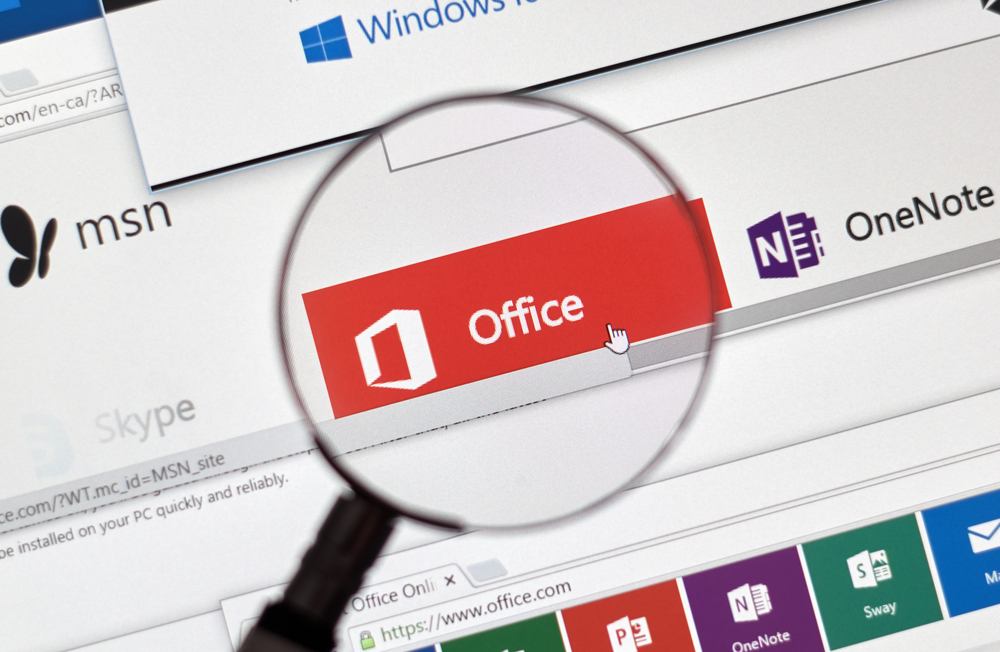This week, we saw a new vulnerability surface which affects users of all currently supported Microsoft Office applications.
Security researchers at Qihoo 360 Core Security first detected the vulnerability being exploited ‘in-the-wild’ on 28th September, 2017.
In a blog post on 10th October, 2017, a representative for Qihoo wrote “The attack only targeted limited customers. The attacker embedded malicious .docx in the RTF files. Through reversing analysis of the sample C&C, we found that the attack was initiated in August and the launch date of the attack can be dated back to September. It was in this time window that the vulnerability has been exploited as a 0day.”
The CVE-2017-11826 vulnerability is one which allows for remote code execution to occur within all currently supported Microsoft Applications, due to objects being incorrectly handled in the system’s memory. For a malicious user to exploit this vulnerability, they would need to entice a victim to open Office documents that contain specially-crafted exploit code, which would allow the payload to be executed as the currently logged-in user. With this being the case, if the victim was logged into their workstation as a Local Administrator (or worse still Domain Administrator), this could potentially allow the attacker to compromise not only the victim’s workstation but it may also allow them to further an attack into the Active Directory Domain, if the compromised workstation was part of a corporate Microsoft network.
With client-side attacks becoming a more popular attack vector for Internet-based attackers to use, it is highly likely that there will be a noticeable increase in attempts being made to exploit this vulnerability through infected file attachments that are sent through spear-phishing attacks. It also likely that malicious users will host Office documents which exploit the CVE-2017-11826 vulnerability on websites and then attempt to entice victims to download the infected documents.
Microsoft have categorised this vulnerability as “Important” in terms of severity and have responded quickly in providing a security update to fix the CVE-2017-11826 vulnerability. The patch for this vulnerability was released on the 10th October through Microsoft’s Patch Tuesday updates.
References
http://360coresec.blogspot.com/2017/10/new-office-0day-cve-2017-11826.html
https://portal.msrc.microsoft.com/en-US/security-guidance/advisory/CVE-2017-11826



















“We were very impressed with the service, I will say, the vulnerability found was one our previous organisation had not picked up, which does make you wonder if anything else was missed.”
Aim Ltd Chief Technology Officer (CTO)